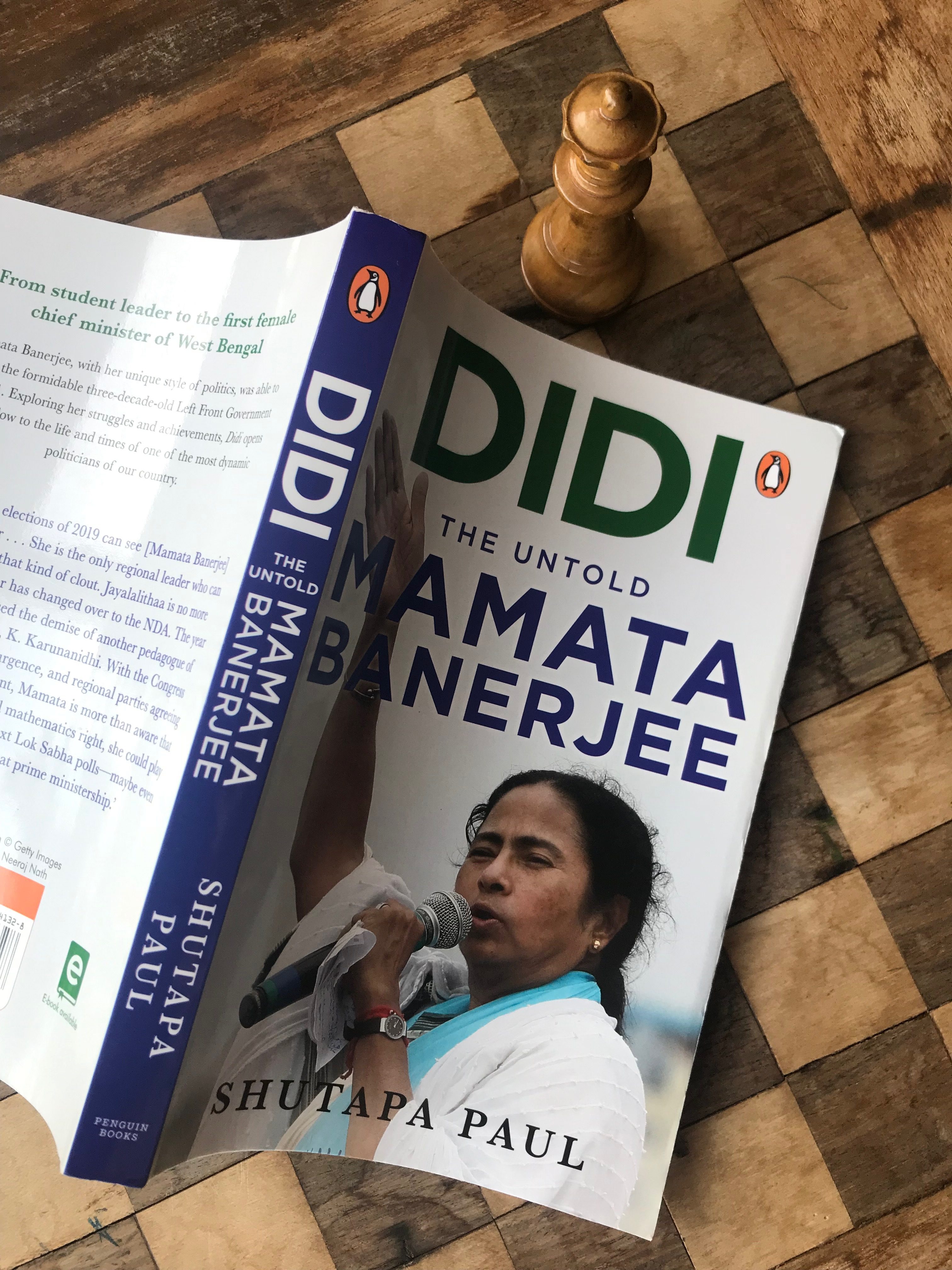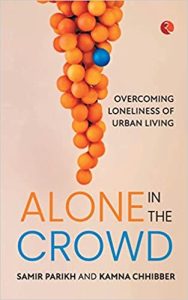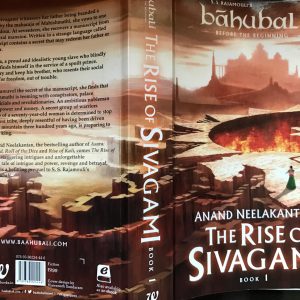There can be no better time than now, to perhaps delve into the life and evolution of Mamata Banerjee. The country is at the brink of an election, and Mamata could well play kingmaker. At the time of writing this, the Chief Minister of West Bengal has taken to protest against the central government, over a major showdown between the CBI and the state police.
It is against this background of events that I finish reading a recently released book, titled Didi: The Untold Mamata Banerjee. It gives us a glimpse into elements of Mamata’s regime, her life and her personality. It does not directly delve into politics, but takes time to discuss peripheral elements of her life as well as the story of her childhood. The reader gets a glimpse of Mamata through different lenses- at Mamata’s version of the daily ‘durbar’ where the writer meets her; the trademark cotton sari and flip flops; her passion for painting; stories of her struggles and the attacks on her, and finally her evolution from a student party worker to astute politician.
It also provides an insight into her childhood and how the seemingly ordinary experiences paved the way for her extraordinary life. Her father’s political leanings towards the Congress and his active participation in the same had an impact on her. As a child she was aware of the delicate political situation in Bengal due to the Naxalite movement. She also was a witness to numerous political meetings, discussions and debates as her home was often filled with politicians and activists thanks to her father. These early experiences probably sowed the seeds of her political career. She lost her father quite early and took on the reins of the household with grit and determination. As the author puts it, “childhood was perhaps the lull before the political storm was unleashed,”.
She got actively involved in student politics while at college. Her fiery speeches, zeal and enthusiasm pivoted her into the limelight. It was but a matter of time that senior politicians in the Congress noticed her. The book focuses on her journey to the power corridors. This journey has always been more difficult for women and this is where her fearlessness helped her. It traces how the distance between Mamata and the Congress party unfolded, especially accelerated by the assassination of Rajiv Gandhi who had supported her and believed that she held promise. The book talks about the birth of the Trinamool Congress against the background of the young fiesty leader taking on the Congress mammoth, despite her own aides alienating her. Trinamool, translated from Bengali, means Grass roots and that is what Mamata came to symbolise.
Once on her own, Mamata’s rise to the strongholds of power started. The reader sees her journey unfold against the background of contemporary politics. It draws from information in the public domain to paint a picture of this dynamic, versatile and strife ridden way with all the multitude of challenges she faced.
The book covers the defeats and lulls in her political journey; her comeback in Singur with the cries of “Ma, Mati, Manush”, and her increasing success at Nandigram. The book moves at a fast pace here, chronicling the series of moves and events that spiralled her into being the first Woman Chief Minister of Bengal.
If the road to power is difficult and thorny, holding on to it has its own set of challenges. Mamata, once in power was accused of being autocratic amongst several other things. This aspect of the subtle change in stance that her new obligation as an administrator posed vis a vis her earlier role as the opposition and a street fighter, has been highlighted in the book. For instance , as she tries to get businesses to invest in West Bengal, echoes of her stance at Singur for example, may find their presence felt. The author writes, “perhaps it is divine justice that Mamata must now rebuild what she herself helped destroy”.
As you read you will get hints about Mamata as a person and Mamata the politician, and the evolution of the latter. The book tries to cover the low points as much as the triumphs. However, one can’t miss the hints of adulation towards ‘Didi’ that the author holds.
Against the backdrop of Indian politics over the years, the book traces Mamata’s journey. However, it starts off with admiration for her and this streak continues throughout the narrative. This is not to say that there is no criticism of the TMC. There is in fact a chapter dedicated to issues that the party is facing which also elucidates many problems within it.
Didi: The Untold Mamata Banerjee rightly concludes with a section that hints at Mamata looking at the centre. It emphasises on her movements that point towards looking at a bigger role in the national politics of the country. Well, Delhi is not far! Her call for a Federal Front echoes these ambitions.
This book is most well-timed due to the impeding elections in the next three months. Observers of Indian politics will get a fresh insight into the making of Mamata Banerjee the politician. Will Mamata get her electoral math right? As the book says, “Like a good politician, she is prepared for any eventuality”.
Title: Didi: The Untold Mamata Banerjee
Author:Shutapa Paul
Publisher: Penguin
Genre: Biography/ Politics
OTHER BOOKS ON MAMATA BANERJEE











